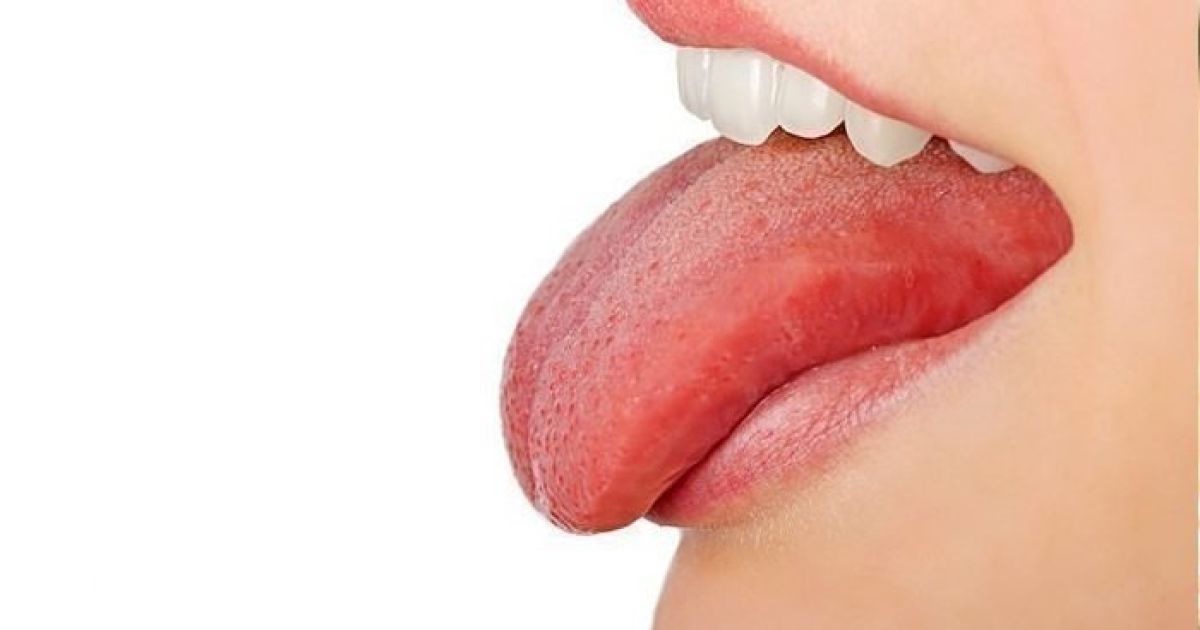The appearance of a person's tongue reflects the general state of the body.
Both the coating on the tongue and the color can tell a lot.
A clean tongue without plaque is a sign of a person's health, plaque on it is the first sign of decreased immunity.
And the thicker the plaque, the longer the chronic disease of one or another system lasts.
What does the plaque on the tongue indicate?
A white plaque on the tongue signals chronic intoxication, some chronic disease, which is most likely related to the gastrointestinal tract.
Gray plaque may indicate gastritis or an ulcer.
Gastric ulcer disease manifests itself in the form of a dense gray coating on the tip of the tongue, which cannot be cleaned.
With a duodenal ulcer, swelling of the tongue is observed, often it increases so much that teeth marks are visible on its sides.
If you start a peptic ulcer, a light-colored plaque will appear on the back of the tongue.
Yellow or yellow-brown plaque is associated with biliary tract dysfunction.
A white plaque in the form of a film is characteristic of candidiasis of the oral cavity.
In this case, plaque can be seen not only on the tongue, but also on the cheeks and gums.
Candidiasis is caused by a yeast-like fungus.
Scarlet fever and chicken pox can also cause plaque on the tongue.
With scarlet fever, the tongue will be light gray or light yellow - the plaque lasts for 5-6 days, and then disappears, leaving redness.
With chickenpox, a light coating may appear.
The bright red, purple color of the tongue can be associated with blood, heart, and lung problems.
A blue plaque on the tongue is very rare, because it is a symptom of such rare diseases as typhus, dysentery, etc.
A too pale tongue indicates anemia and heart failure.
Viral hepatitis is accompanied by jaundice, a condition in which, due to an increase in bile pigment in the blood, the skin, tongue and mucous membranes turn yellow.
With pneumonia, there may be a green or brown plaque.
The shape and changes of the tongue can also tell a lot about diseases
If the tongue is thickened, swollen and does not seem to fit in the mouth, you need to check the thyroid gland.
White and red sores - can be the result of a viral infection, for example, herpes or a fungal infection.
Any cracks on the tongue indicate stomach problems.
Dryness can occur with diabetes, anemia.
With acute intestinal infections, the tongue also becomes dry, the surface is covered with a thick dark brown, almost black coating.
Feeling as if you ate something spicy may indicate stress, cervical osteochondrosis.
Redness on the right side may indicate a malfunction of the liver, redness on the left side of the tongue may indicate problems with the spleen
A trembling tongue warns of thyrotoxicosis or neurasthenia
When you don't have to worry
In adults, the tongue can acquire an unusual color due to the consumption of certain foods and drinks.
The tongue can become brown due to coffee, chocolate, beet salad can also temporarily change the appearance of the organ.
The tongue acquires a yellow-brown shade over time in smokers.
There is also morning plaque, which you do not need to be afraid of and which is easily removed.
But if the plaque does not clear and does not disappear over time, has an unusual color and is accompanied by other symptoms, you should consult a doctor.
Read also:
Should a family doctor give his phone number to a patient and answer calls
Science has proven that coffee helps you lose weight and protects against type 2 diabetes
